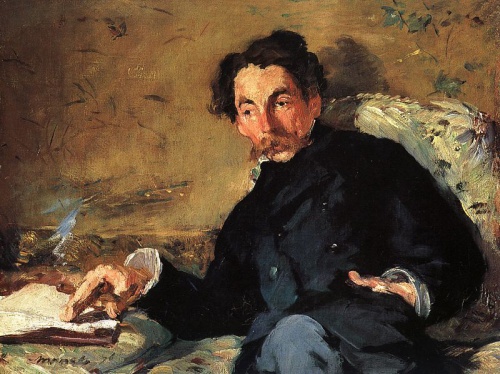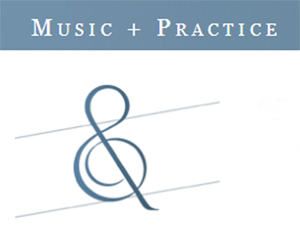Although Stéphane Mallarmé’s writings on dance are few, he has come to be considered an important dance theorist who allied and underscored two aspects of dance that are seldom simultaneously emphasized: its ritual character and its function as a system of signs.
While Mallarmé linked dance with poetry, he noted that—unlike poetry—dance’s symbolism does not develop from a codified semiotic system; rather, dance signifiers are inherently open-ended, and the spectator completes the art work by supplying the signified.
This according to “Ephemeral signs: Apprehending the idea through poetry and dance” by Mary Lewis Shaw (Dance research journal XX/1 [summer 1988] pp. 3–9).
Above, Édouard Manet’s portrait of the poet; below, perhaps the ultimate meeting of Mallarmé and dance, as Rudolf Nureyev performs a reconstruction of Nijinsky’s choreography for Debussy’s Prélude à l’après-midi d’un faune, a work inspired by Mallarmé’s L’après-midi d’un faune.












